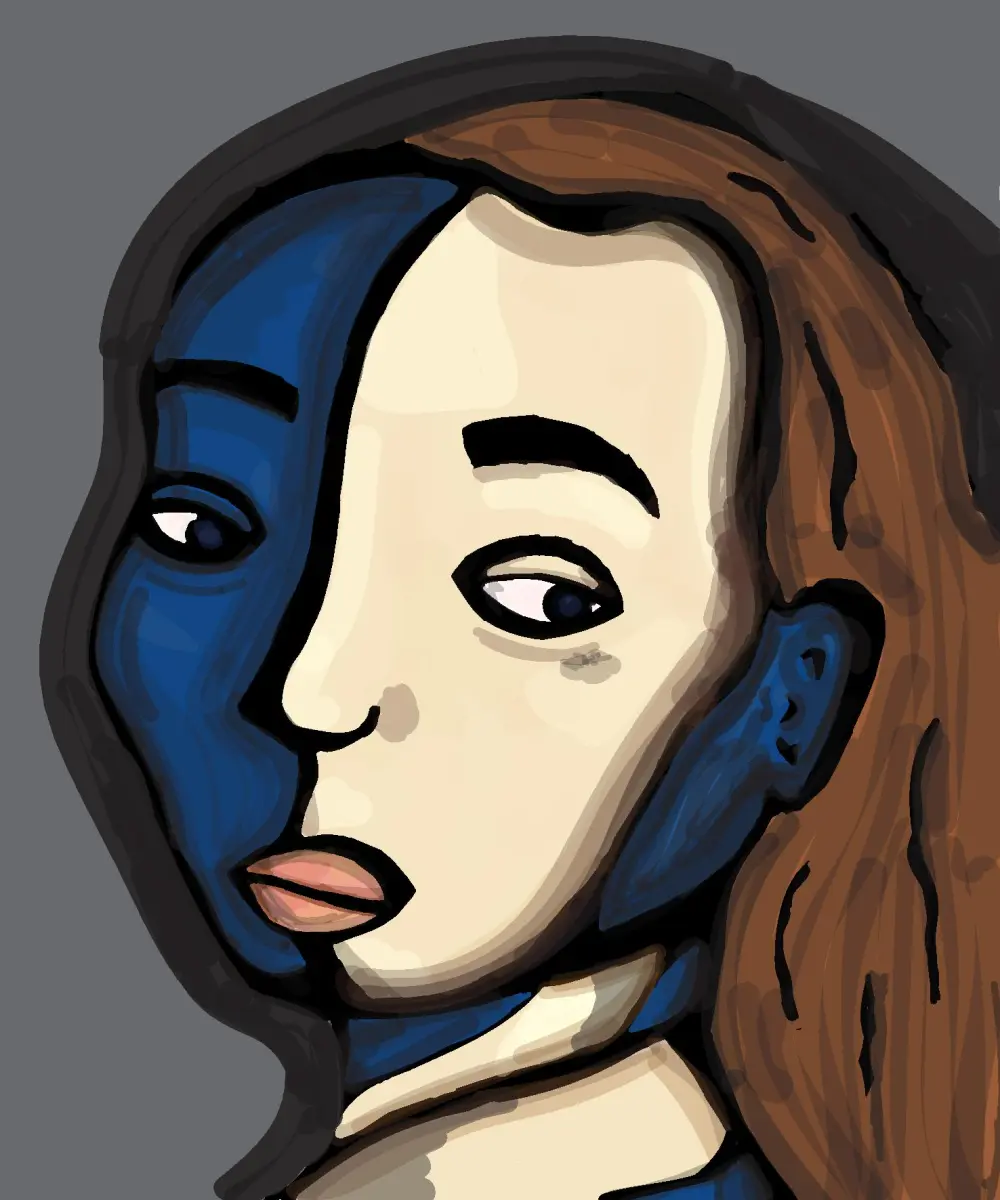Thinking Activity
This blog is prepared in response to the thought-provoking thinking task assigned by Prakruti Ma'am. In this blog where we dive deep into critical reflections on key questions surrounding Jean Rhys' masterpiece, "Wide Sargasso Sea."
Share your thoughts about the concept of the hysterical female (madwoman in the attic) with reference to Rhys' novel. How is insanity/madness portrayed in the narrative of the text?
Jean Rhys's novel "Wide Sargasso Sea" is essentially a story about two Creole characters, Annette and her daughter Antoinette, who are both victims of their white European husbands. Like the wide Sargasso Sea, these characters are stuck in the "sargasso" of the socio-cultural and economic setups of their time.
The people here hate us. They certainly hate me.’ Straight out she said that one day and it was then he laughed so heartily.
Throughout the novel, both characters display traces of madness. In Annette's case, it is more visible, whereas Antoinette’s madness is implied and psychological. After the death of her husband, Alexander Cosway, Annette was alone for a long time before marrying Mr. Mason. He became more authoritative, both with Coulibri Estate and with Annette herself. She even forgot her son Pierre in the burning house, an event that took a heavy mental toll on her from which she never recovered, eventually being confined to the attic.
This kind of depiction of female hysteria and mental illness was a common theme in the works of Victorian-era women writers. Susan Gubar and Sandra Gilbert conducted a feminist study of five women writers, including the Brontë sisters and George Eliot, and published their influential work "The Madwoman in the Attic" in 1979. In it, they analyzed why these authors often portrayed women with hysteria.
Gubar and Gilbert proposed that this portrayal was part of a distinctively female literary tradition, depicting women’s hysteria and their subsequent banishment to the "Frozen Landscape," often represented as the attic of a house. Women who were autonomous and resistant to patriarchal society were frequently labeled as mad or hysterical.
Such was the case with Antoinette. She was unable to share her desires, thoughts, and feelings with her husband, despite his constant attempts to connect with her. Antoinette was unwilling to open up and instead relied on the opinions of others, such as Christophine and Aunt Cora. This is evident when her husband says, "In her way, not mine..."
Because of the emotional distance between them, her husband became attracted to the housemaid, Amélie. When this news reached Antoinette, she became anxious and restless. Fearing loneliness, she even asked Christophine to use Obeah on her husband to bind him to her, because she does not wanted to end up like her mother. Meanwhile, Daniel Cosway's letter further fueled the husband's belief that Antoinette's mother was a madwoman, and that Antoinette would likely follow in her mother's footsteps. This suspicion became clear in his mind, which led him to cast Antoinette into the attic, where she eventually lost all sense of time and space.
Provide a comparative analysis of Charlotte Bronte's Jane Eyre and Rhys' Wide Sargasso Sea. How are both the texts uniquely significant in capturing female sensibility?
Wide Sargasso Sea is considered as a postcolonial feminist prequal to Jane Eyre written by Charlotte Bronte in 1847. In her work Rhys does not only captured the feminist aspect of the novel but also set her novel in postcolonial background.
Jane Eyre is bildungsroman novel about it's titular character who later marries to The Husband (Mr. Rochester) despite of being aware about Bertha Mason's condition (Antoinette) who is confined in Mr. Rochester's household attic. She knows that Mr. Rochester is already married and betrayed her by not telling it. Yet she married to him. This shows how women of that would think. They are virtuous women who does not oppose to patriarchal power of that age. They are considered as Angel in the house, who remain subservient to their husbands much like the character of Pamela. She also returns to Mr. B after having been sexually assaulted multiple time.
On the other hand, Antoinette is much more developed character than her mother Annette and Bertha Mason. Because at the end Antoinette know what she has to do in order to escape from the confinement.
"I was outside holding my candle. Now at last I know why I was brought here and what I have
to do. There must have been a draught for the flame flickered and I thought it was out. But I
shielded it with my hand and it burned up again to light me along the dark passage."
These lines shows that Antoinette is much confident, in contras with the other characters like Annette, Bertha and traditional women like Pamela and Jane Eyre.
Which aspects of Wide Sargasso Sea can be considered postcolonial? Briefly discuss some of the major elements of the text which reflect the postcolonial condition.
The Creole identity of characters like Antoinette and her mother, Annette, plays a major role in shaping their postcolonial identity. Due to her Creole background, Antoinette struggles to communicate with her husband and others. She feels alienated from white Europeans and is no longer accepted by the black native people because of her Creole heritage. Antoinette is also afraid of them. She is called a "white cockroach" because of her hybrid identity.
Earlier, Antoinette was able to communicate with her biological father, Alexander Cosway, but later, her Creole identity prevented her from bonding with her stepfather, Mr. Mason. Because of her hybrid identity, Antoinette experiences two versions of truth, identity, and reality. Moreover, she is stripped of her own religion and follows Christianity, like her white father, since Creole identity followed the practices of the father rather than the mother. The native practices, such as 'Obeah,' are considered regressive, while Alexander Cosway, who superficially followed Christianity, is viewed as progressive because it was the religion of the masters.
Another major instance of postcolonialism is seen in the description of places. When her husband constantly talks about England, neither Antoinette nor any of the workers in the house are charmed by the image of England. In their minds, England is no longer a significant place but rather the origin of their white masters who come to rule over them. England has lost its appeal to them.
In the novel, there are several instances where both Jamaica and England are described in contrasting ways. The Caribbean islands, particularly Jamaica, are portrayed as exotic and natural, not significantly developed. They are seen as raw, rural, and less progressive compared to the image of England, which is presented as advanced, progressive, and developed, though somewhat abstract. Native places like the Coulibri Estate are depicted as spaces of rest and leisure, emphasizing their connection to nature and simplicity in contrast to the industrial and urbanized image of England.
Thank you...







